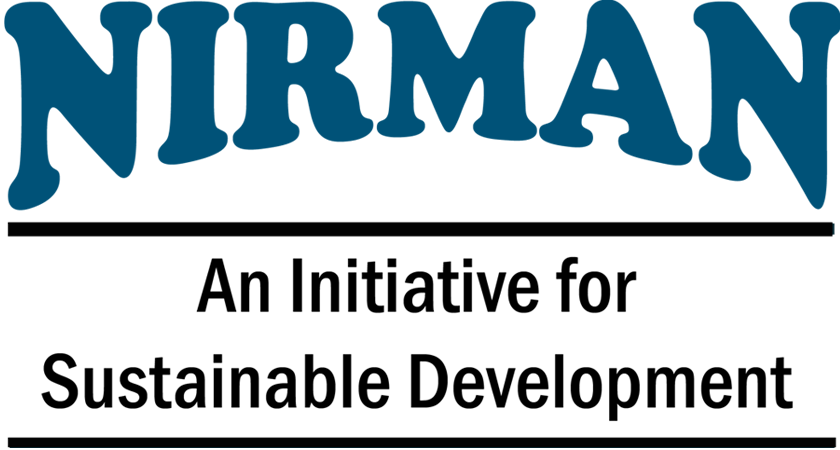Climate Resilience
NIRMAN has an integrated approach to climate resilience models based on the fact that while many indigenous practices were/are inherently climate smart in nature(for instance, indigenous catfish varieties used to be grown in backyard ponds and small water bodies which can survive even when water levels reduce to the lowest in the summer, unlike the commercial fish varieties promoted by the government), best practices are to be learnt across the world and compatible modern scientific knowledge is to be adopted too so as to address the needs of changing times. NIRMAN’s efforts to promote ecological agriculture, indigenous seeds, and community-based rain water management systems are in line with this approach; and reviving millet crops is an important initiative in this direction.

Our Vision is promoting equitable
Nirman focuses on restoring the ecosystems with rich biodiversity and has specific intervention in agriculture, natural resource management and governance. The organization is concerned with issues relating to the negative impact of climatic variations and current development paradigm that has endangered the natural resources and traditional knowledge base. Thus, it yearns to have sovereignty over the seed, the soil, the land, water, the indigenous knowledge system and strives to achieve sustainable use of natural resources and democratize its governance pattern.
Our Vision is promoting equitable
Nirman focuses on restoring the ecosystems with rich biodiversity and has specific intervention in agriculture, natural resource management and governance. The organization is concerned with issues relating to the negative impact of climatic variations and current development paradigm that has endangered the natural resources and traditional knowledge base. Thus, it yearns to have sovereignty over the seed, the soil, the land, water, the indigenous knowledge system and strives to achieve sustainable use of natural resources and democratize its governance pattern.

